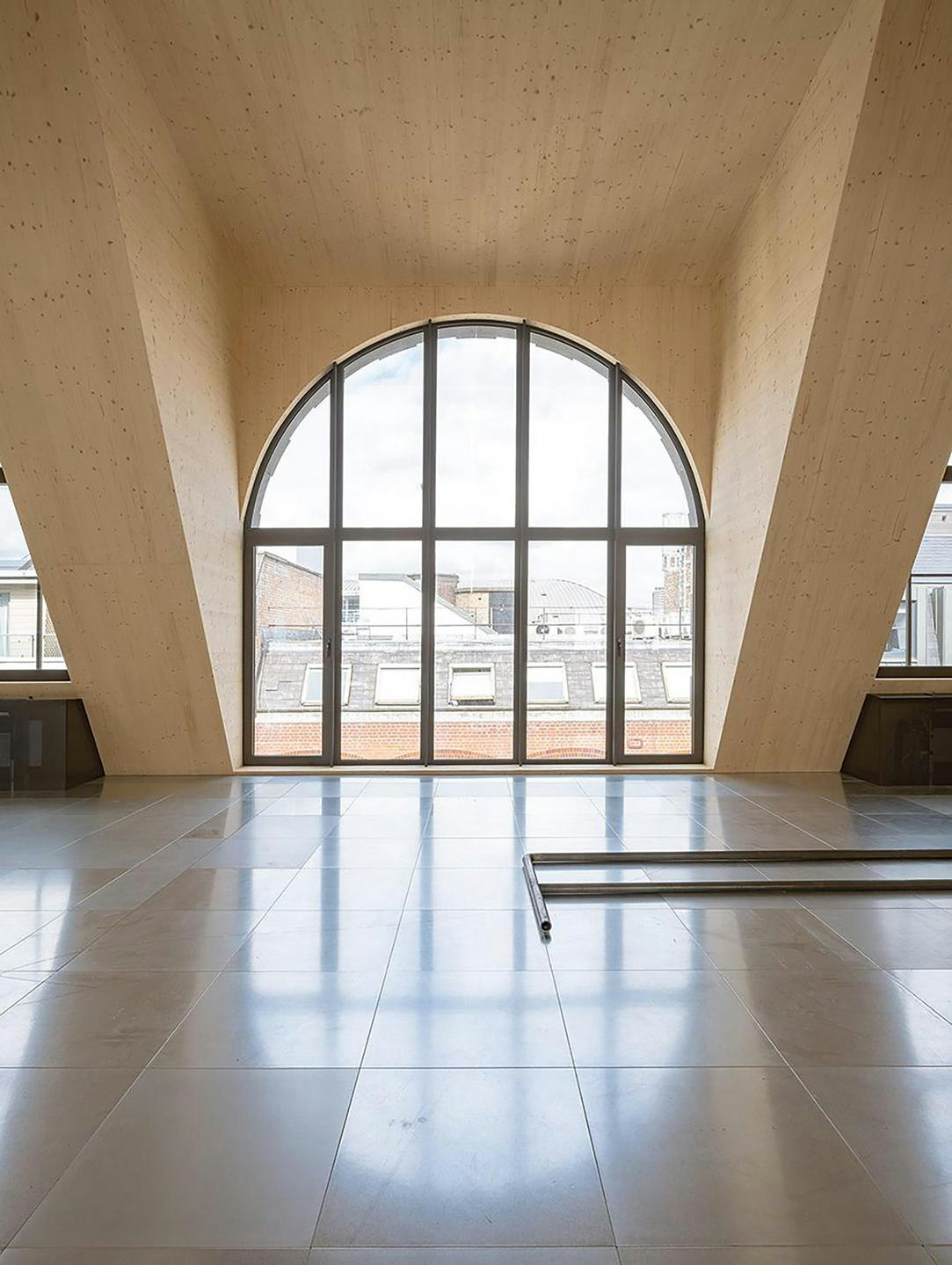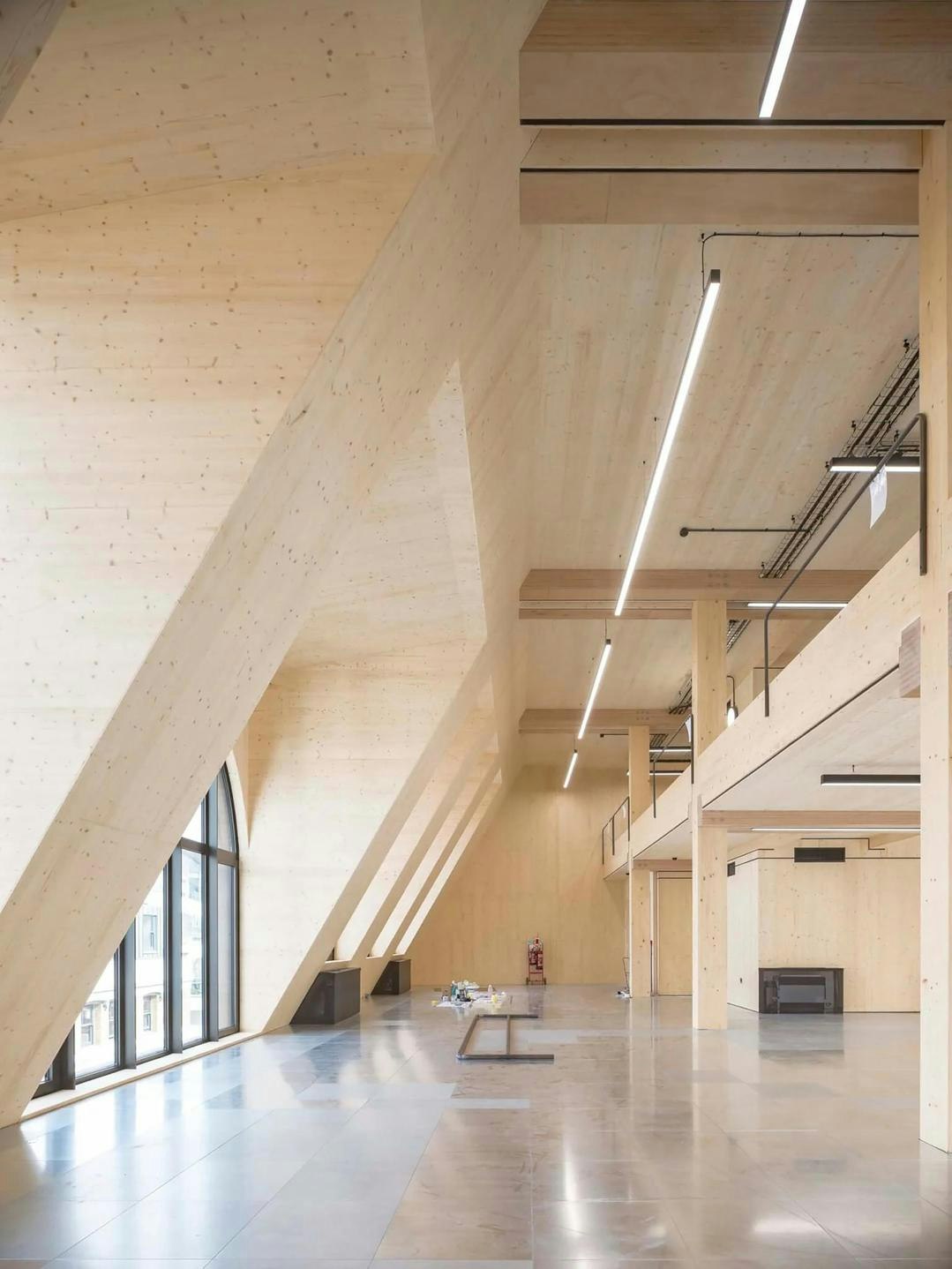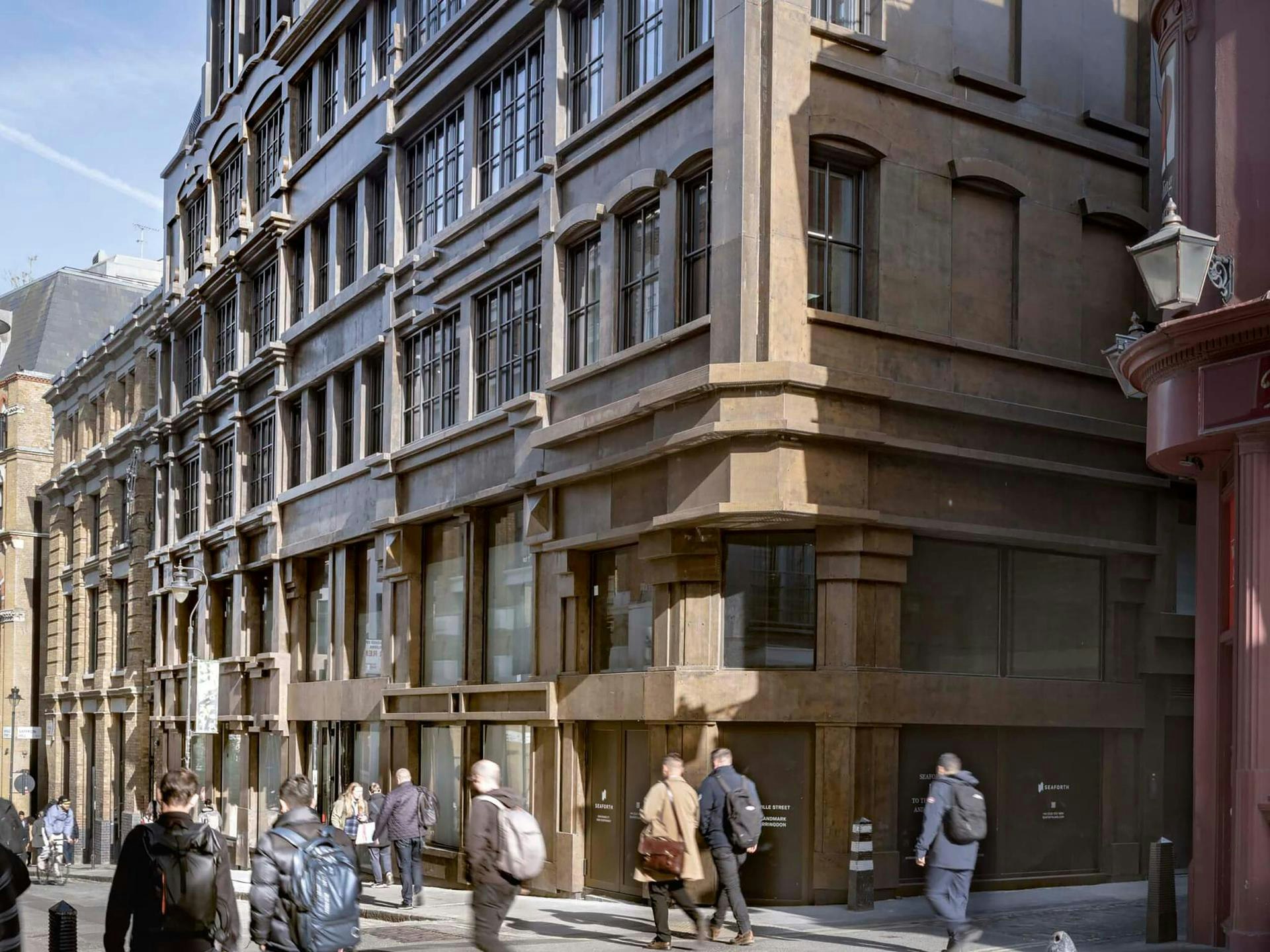This article is taken from the July 2025 issue of The Critic. To get the full magazine why not subscribe? Right now we’re offering five issues for just £25.
Each year I pay close attention to the longlists produced by the RIBA’s Regional Awards published in the spring, which, through a complicated process, are whittled down over the course of the summer to the announcement of a shortlist for the Stirling Prize awarded in the autumn. It is normally possible to pick out some of the more interesting current projects from the general run of schools, office developments and new housing.
This year, my eye was caught by a small-scale office development on the south side of Greville Street, west of the new Farringdon station. It looked like a neo-Edwardian block, intentionally belonging to its surrounding streetscape, designed as if it amalgamated a number of different schemes and looking as if it were built in bronze, as different in style and concept as it is possible to be from the vast, monolithic office blocks which are going up in the City.

It turns out that the development has been designed by Amin Taha, an independent-minded, half-Iraqi, half-Sudanese architect who was brought up in communist East Germany before his family migrated to Britain at the time of the fall of the Berlin Wall.
He was trained at Edinburgh University and then worked for Zaha Hadid, WilkinsonEyre and Rick Mather before setting up his own practice called Groupwork in 2003.
I first encountered his work when the big building he had designed on Clerkenwell Green both as his home and office became a subject of public controversy, after the chairman of Islington’s planning committee said that it had not been built according to the plans submitted and ordered its demolition.
Because it is built out of rough-hewn stone, it was felt that it did not fit as comfortably as it should into its vernacular Georgian surroundings. But when I went to visit it, it felt vastly more interesting than most new architectural projects with a big, open basement for the office and a series of beautifully equipped flats which have now been sold on.
If Islington Council is interested in supporting creative, new architecture, then it sent out the worst possible message that it wanted to condemn an unusually sophisticated new building which ended up being shortlisted for the Stirling Prize in 2021.
The new building in Farringdon is a project of Tyler Goodwin, a Canadian developer who lives in Spitalfields and has simultaneously been responsible for the renovation of Space House, a strangely futuristic new office block just west of Kingsway, designed by George Marsh, a partner of Richard Seifert, for Harry Hyams in the late 1960s.

Goodwin bought a totally nondescript, early 1970s office block in Greville Street close to his own office in Hatton Garden. It had several times been suggested that it could be redeveloped by adding extra floors on top, but Camden Council objected.
Goodwin instead employed Taha to reconfigure it. Taha stripped the old building to its original concrete structure, then made sure that it was properly insulated and employed Donald Insall Associates, a firm of conservation architects, to investigate what buildings had existed on the site before.
The exterior is constructed not out of bronze but lightweight patinated aluminium, which was roller-brushed and then covered by thin wire mesh, which gives it a slightly ghostly character, as if the original buildings had evaporated, retaining only a ghostly simulacrum.
It is curiously and unexpectedly successful because it is not a straightforward replica as the conservation officers may have wanted but a building which attracts the eye — a modern re-invention of the previous semi-industrial building types with some unexpected mannerist detailing inspired by the work of Giulio Romano.
It was originally going to be leased by Ocado but David Durlacher, the chief executive of Julius Baer, a Swiss private bank, was looking for a new corporate headquarters in the neighbourhood and decided this was the perfect way to attract his workforce back into the office after Covid: more interesting than the bland corporate headquarters occupied by his competitors, more like somewhere on a street corner in Basel or Zurich than the Square Mile.
They converted the interiors to keep some of their industrial character, with concrete columns alongside the mid-century modern office furniture. It belongs to the new world of the small-scale entrepreneur and tech investor, instead of the innate conservatism of traditional Anglo-American corporate clients.
It is quite clear from standing on the street outside that people find it interesting; they can’t quite work out what sort of building it is. I think it is a good precedent for new architecture in having a degree of historical reference but being a new invention, respecting, and adding to, its surroundings.
So, the question now is what the judges of the Stirling Prize will make of it? Will it just be lost in the crowd of new schemes?
It contravenes all the orthodoxies of modernism in being a film-style, neo-Edwardian exterior, an intervention into its surroundings rather than politely nondescript, with fictional detailing.

At the same time, it demonstrates that it is possible to re-purpose the most boring type of existing modern office block and convert it into Class-A office accommodation for the smartest possible corporate client, attracting a bank out of the City into the purlieus of Hatton Garden.
Not least, it has a first-class French restaurant, the Bleeding Heart Bistro, immediately next door.












